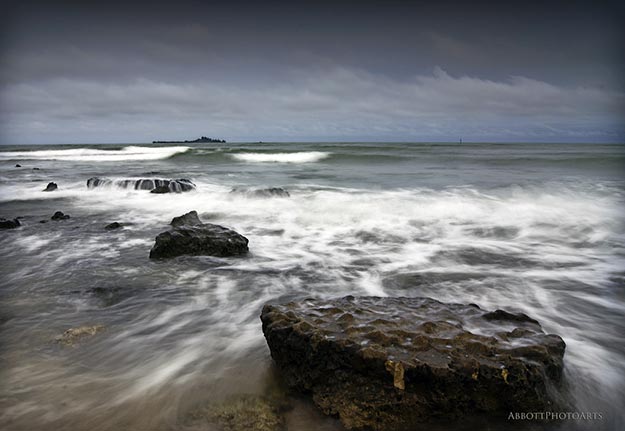The easiest way to create a nature reserve from a car park is simply to declare it as such. The land is then designated as protected, and counts towards the relevant government’s targets to set aside a certain amount of its territory from development. That is a ridiculous example, of course, and would never happen on land — so why do we allow a similar exercise to happen in the sea?
 No one should doubt that our seas need protection. Overfishing, pollution and climate change are fundamentally changing some of the most important regions on the planet. And the conservation response — marine protected areas (MPAs) — should be a key tool to safeguard the world’s maritime environment. By setting aside areas in which human activity is tightly regulated, the thinking goes, governments can ensure that key habitats and species are preserved. Read more
No one should doubt that our seas need protection. Overfishing, pollution and climate change are fundamentally changing some of the most important regions on the planet. And the conservation response — marine protected areas (MPAs) — should be a key tool to safeguard the world’s maritime environment. By setting aside areas in which human activity is tightly regulated, the thinking goes, governments can ensure that key habitats and species are preserved. Read more





